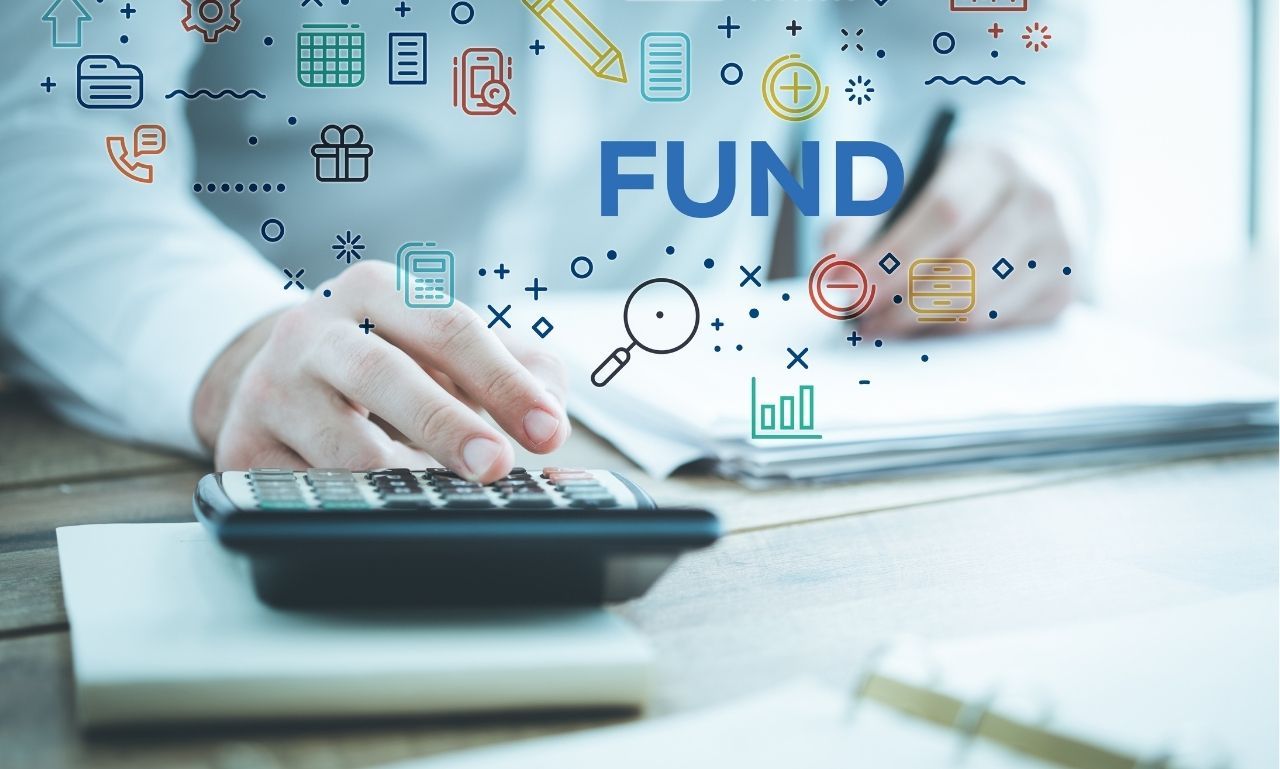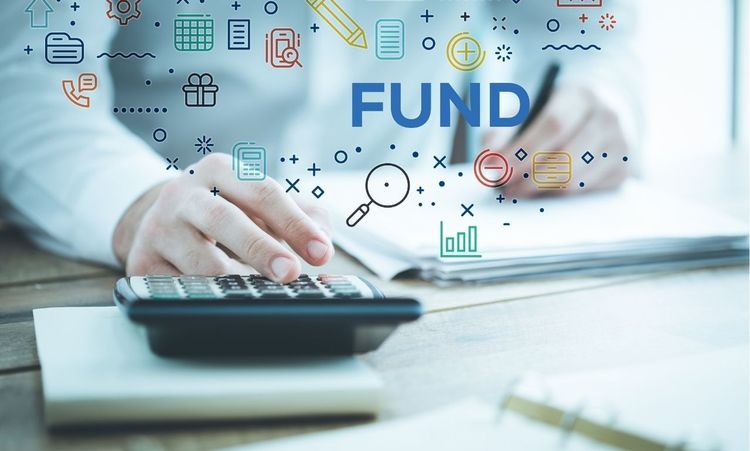Active ETFs represent one of the most significant changes in recent years. Let me break this down in simple terms. Think of actively managed ETFs as your investment vehicle with a professional driver at the wheel. Active ETF assets reached $500 billion in 2023, showing remarkable growth.
What is an actively managed ETF?

An actively managed ETF combines the best of both worlds. It trades like a stock but comes with professional management. These investment products don't follow a set index. Instead, a manager makes real-time decisions about buying and selling securities.
T. Rowe Price launched its first active ETF in 2020. Since then, the market has grown tremendously. The JPMorgan Equity Premium Income ETF (JEPI) is a prime example. It's grown to over $30 billion in assets. Active ETFs work differently from traditional index funds. Managers can adjust holdings based on market conditions or opportunities.
How are ETFs and mutual funds alike?
Both ETFs and mutual funds pool money from multiple investors, creating a bundle of assets managed by professionals. They both offer instant diversification, with your money spread across different stocks, bonds, or other securities.
Several analysts within teams conduct research to evaluate new investment projects. Investment options function as equivalents to perform similar functions. Through their services, investors gain access to multiple markets and asset classes.
Management styles
Professional managers control the administration of both fund types. Research groups analyze markets to generate decisions about investments. These managers follow specific strategies. Some focus on growth, while others aim for income or stability.
Capital Group, which previously specialized in mutual funds, now operates active ETFs. Their extensive experience spans decades, which they now apply to this emerging investment vehicle. Different managers use various approaches. The approach to fund research exists between quantitative and fundamental analysis. The investment process demands ongoing observation of investment activities. When market conditions or corporate prospects evolve, managers change their investment allocations.
Exposure opportunity
Both vehicles let you access various markets. You can invest in everything from U.S. stocks to international bonds. They offer sector-specific options. Want to invest in clean energy or technology? Both ETFs and mutual funds have you covered. Either vehicle allows you to invest in emerging markets or developed economies. The variety of asset classes provides flexibility. Bonds, stocks, commodities, and real estate are all accessible.
How are ETFs and mutual funds different?

ETFs trade like stocks throughout the day at market prices—mutual funds; however, they are priced once daily. Your trade executes at the day's closing price, no matter when you place your order. ETFs offer more transparency. They must disclose holdings daily, while mutual funds report quarterly.
ETFs use a unique system that can reduce capital gains taxes. Trading flexibility marks another distinction. ETFs allow limit orders, short selling, and options trading. Cost structures vary between the two. ETFs typically charge lower fees and have no load charges.
ETF or mutual fund? Which is right for you?
Consider your investment goals, trading preferences, and tax situation. ETFs often work better for active traders, while mutual funds suit long-term, hands-off investors better.
They generally create fewer taxable events than mutual funds—trading flexibility matters for some investors. ETFs offer more control over entry and exit points. Cost-conscious investors often prefer ETFs. Their expense ratios typically run lower than comparable mutual funds.
Who Should Invest in Active ETFs?
Active ETFs work well for those who want professional management with trading flexibility. They suit investors who believe in manager skills. These people think experts can beat the market through research and timing. Tax-sensitive investors often prefer active ETFs. The structure typically generates fewer taxable events than mutual funds.
Sophisticated investors appreciate the control. They can use limit orders and other trading strategies. Those seeking specific exposures benefit, as active ETFs can target particular themes or investment strategies.
Misconceptions About Active ETFs
Many think active ETFs always cost more than index funds. While they cost more than passive ETFs, they're often cheaper than active mutual funds. Some believe active management guarantees better returns. No investment strategy, including active management, comes with guarantees.
Trading volume concerns some investors. However, most active ETFs maintain sufficient liquidity for individual investors. Daily disclosure requirements worry others. They fear it might hurt the fund's performance. The newness of some products raises questions. Yet many active ETF managers bring decades of investment experience.
Potential Benefits of Active ETFs
Professional management provides expertise, and managers can respond to changing market conditions. The ETF structure combines active management with lower costs than mutual funds. Transparency helps investors understand holdings and daily disclosure requirements and keeps managers accountable. Tax efficiency remains a key benefit. The ETF structure can minimize capital gains distributions.
Actively Managed ETFs vs. Passively Managed ETFs
Understanding the differences helps you make better investment choices. Let's break down the key areas.
Investment Strategy

Active managers adjust holdings based on market conditions. They can buy undervalued stocks and avoid overvalued ones. Passive ETFs simply track an index. They buy and sell based on index changes, not market opportunities.
Active managers conduct extensive research. They aim to find opportunities others might miss. Market inefficiencies create opportunities that active managers try to exploit. Strategy flexibility allows quick changes, allowing managers to adjust to new market conditions or opportunities.
Fees
Active ETFs charge higher fees than passive ones. This pays for research and management expertise. The average active ETF charges 0.71%, while passive ETFs often charge less than 0.1%. Fee competition benefits investors. Active ETF fees have declined as the market grows. Research costs impact expenses. Teams of analysts require compensation for their work. Trading costs affect total expenses. Active management typically involves more buying and selling.
Potential for Returns
Active managers aim to beat their benchmark index. Some succeed, particularly in less efficient markets. Passive ETFs match their index minus fees. They won't underperform by much, but they won't outperform either. Market conditions affect results. Active managers might perform better in specific environments. Risk management can help returns. Active managers can adjust positions during market stress. Long-term results vary widely. Some active managers consistently outperform, while others lag.
Manager Risk
Active and passive ETFs present distinct approaches to investment management, each with its own considerations. Active ETFs rely heavily on their managers' expertise and decision-making abilities, whose poor choices can significantly impact returns and lead to underperformance. In contrast, passive ETFs eliminate this manager risk entirely by tracking their designated index regardless of market conditions. The human element in active management introduces additional variables, particularly regarding team dynamics and personnel changes.
When key managers depart, the investment strategy may suffer as new managers take time to adjust or implement different approaches. Experience is crucial in this context, as seasoned managers typically demonstrate superior ability to navigate various market conditions. Track records serve as valuable indicators, with past performance offering meaningful insights into a manager's skill level and potential for future success.
Advantages of Active ETFs
Potential for Outperformance
Before markets recognize hidden value opportunities in stocks, managers at active funds can detect such situations. When markets decline, they change their strategy to defensive positions. The ability to change holdings dynamically might reduce substantial financial losses.
Research advantages can help performance. Sets of analysts work to identify opportunities the market overlooked. Market inefficiencies create possibilities. Managers who are active in the market can benefit from discovering price differences between assets. Timing decisions might add value. Managers make purchase or sale decisions according to current market conditions.
Flexibility and Risk Management
Managers naturally adapt their operations to market fluctuations and emerging investment possibilities. Various approaches are available for them to implement. Adding equity options, short-selling abilities, and holding cash resources enables proper risk management.
Sector weights remain flexible. Managers have two options: they can choose industries with promising prospects while avoiding industries with known difficulties. Risk controls help protect capital. Managers have different tools at their disposal to manage risks. Market stress creates opportunities. During market volatility, flexible investment approaches tend to yield positive results.
Knowledge and Expertise
Professional managers study businesses and market trends alongside industry developments. Analysis teams work under the supervision of these managers. Through this methodology, investors gain broader market exposure and better analytical insights.
Experience guides decision-making. Managers who operate in the industry bring expertise from multiple market cycles behind them. Research resources provide advantages. Big corporations maintain large research departments across their operations. Industry expertise aids analysis. Organizations can discover market opportunities through their combination of organizational knowledge and industry expertise.
Customization
Active Exchange-Traded Funds focus their investment approach on particular topics. Sustainable firms and emerging technological sectors represent possible investment targets for managers who wish to avoid problematic industries. These investment instruments adjust their methods to support specific financial purposes.
Managers can adjust to changing market conditions, and thematic investing becomes possible. ETFs can target specific investment trends or ideas. Client needs drive strategy, and managers can consider investor preferences.
Tax Efficiency
ETFs use an in-kind transaction structure that generates fewer taxable events than mutual funds. Active ETFs maintain this tax advantage. You generally pay taxes only when you sell your shares. Capital gains remain controlled. The ETF structure helps minimize taxable distributions. Tax loss harvesting works well. ETFs offer good opportunities for tax management. Cost-based tracking stays simple. ETF transactions provide clear tax documentation.
Disadvantages of Active ETFs
Higher Costs
Higher costs present a significant drag on investment returns across multiple dimensions. Every dollar allocated to fees directly reduces the capital available for investment growth. At the same time, research and trading costs accumulate to create an additional burden that investors must bear through elevated fee structures. Administrative expenses further compound this issue, as active management strategies require substantial overhead to maintain operations and support staff.
The impact of transaction costs cannot be overlooked since increased trading activity generates higher brokerage fees that gradually erode returns over time. The multiple expense layers require investors to conduct detailed fee comparisons to understand how their total ownership costs affect their investment outcomes.
Daily Disclosure Requirement

Active ETFs must comply with a unique disclosure mandate influencing their operational structure and strategic execution. The obligation to reveal holdings daily as part of transparency requirements creates major strategic execution obstacles for portfolio managers. Managers face limitations in their position-building process because real-time trading disclosure exposes their activities to market price changes during their intended transaction period.
The documented holdings expose funds to front-running risks because other market players might strategically use the acquired information to make trades similar to fund movements or directly against fund positions. The requirement for transparency creates significant challenges for investment techniques that generally rely on discretion, which could reduce their competitive advantages and restrict potentially profitable trading approaches available in less transparent conditions.
Time and Effort
Active ETF investing requires substantial time and effort from investors. Success demands thorough initial research of managers and strategies, plus ongoing monitoring of fund performance and alignment with investment goals. Investors must understand complex investment approaches while recognizing that past performance doesn't guarantee future results. The commitment continues after investment through regular portfolio reviews.
Conclusion
Active ETFs represent a distinctive investment vehicle that merges the advantages of professional management with ETF trading efficiency, and their market presence continues to expand as more investment managers enter this space. These investment instruments work successfully as part of diversified portfolios, but implementation success depends on matching them with individual investment goals. Investors must extensively research underlying strategies to make well-informed investment decisions. Yet, it's crucial to maintain perspective and acknowledge that while active ETFs offer potential benefits, they carry no guarantee of success, making it essential for investors to evaluate their risk tolerance and investment timeline before committing their capital.
Also Read: How to Sell Your Amazon Gift Cards for Cash or Crypto




